Admitting Defeat
I've been working on and off for the past few weeks towards a new project. I had the idea for a product and a plan for implementing it. I thought through a range of variants, came up with a theme and some cute names, and today I'm trashing it all.
Introducing, and abandoning, the Battery-box Beasties.
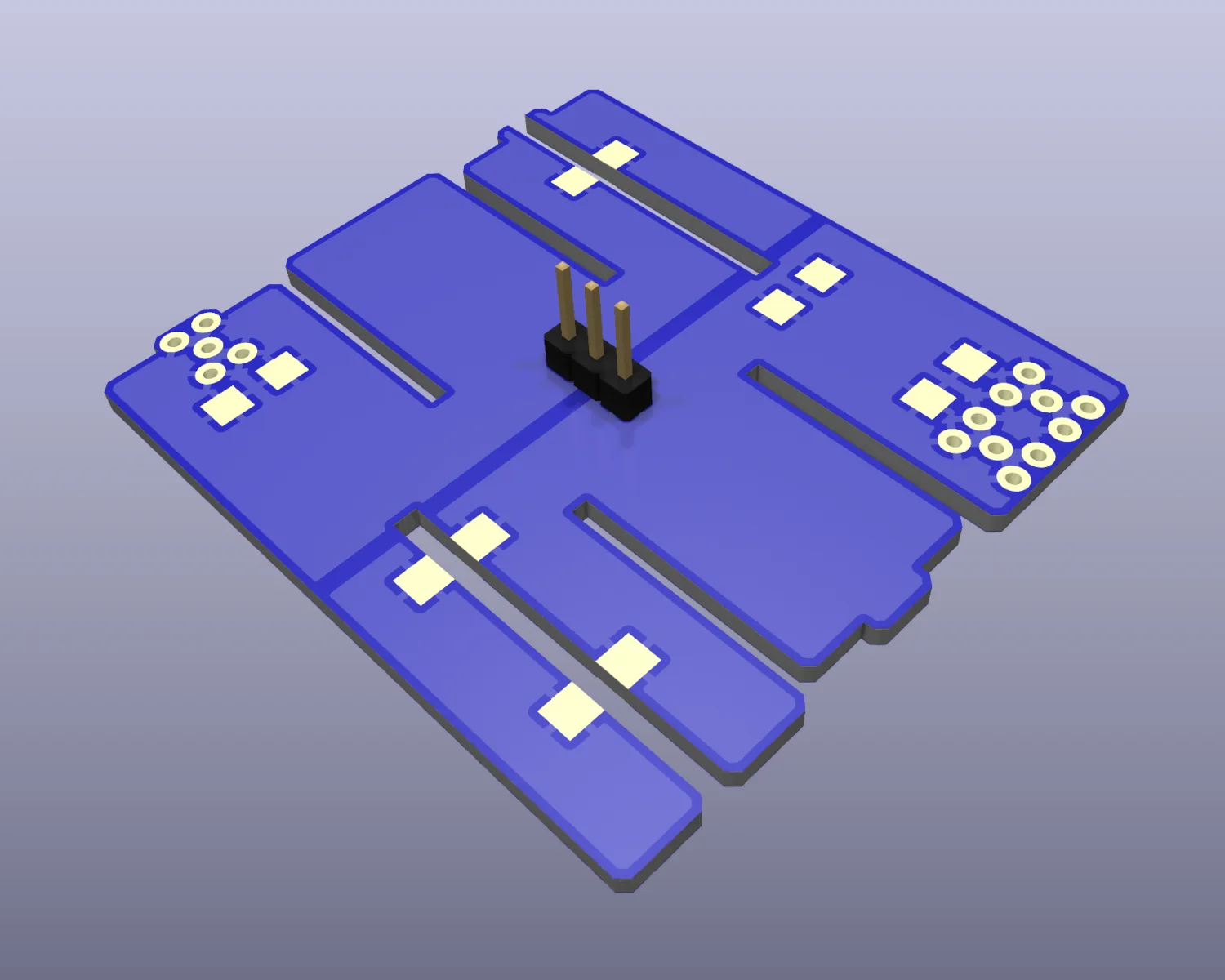
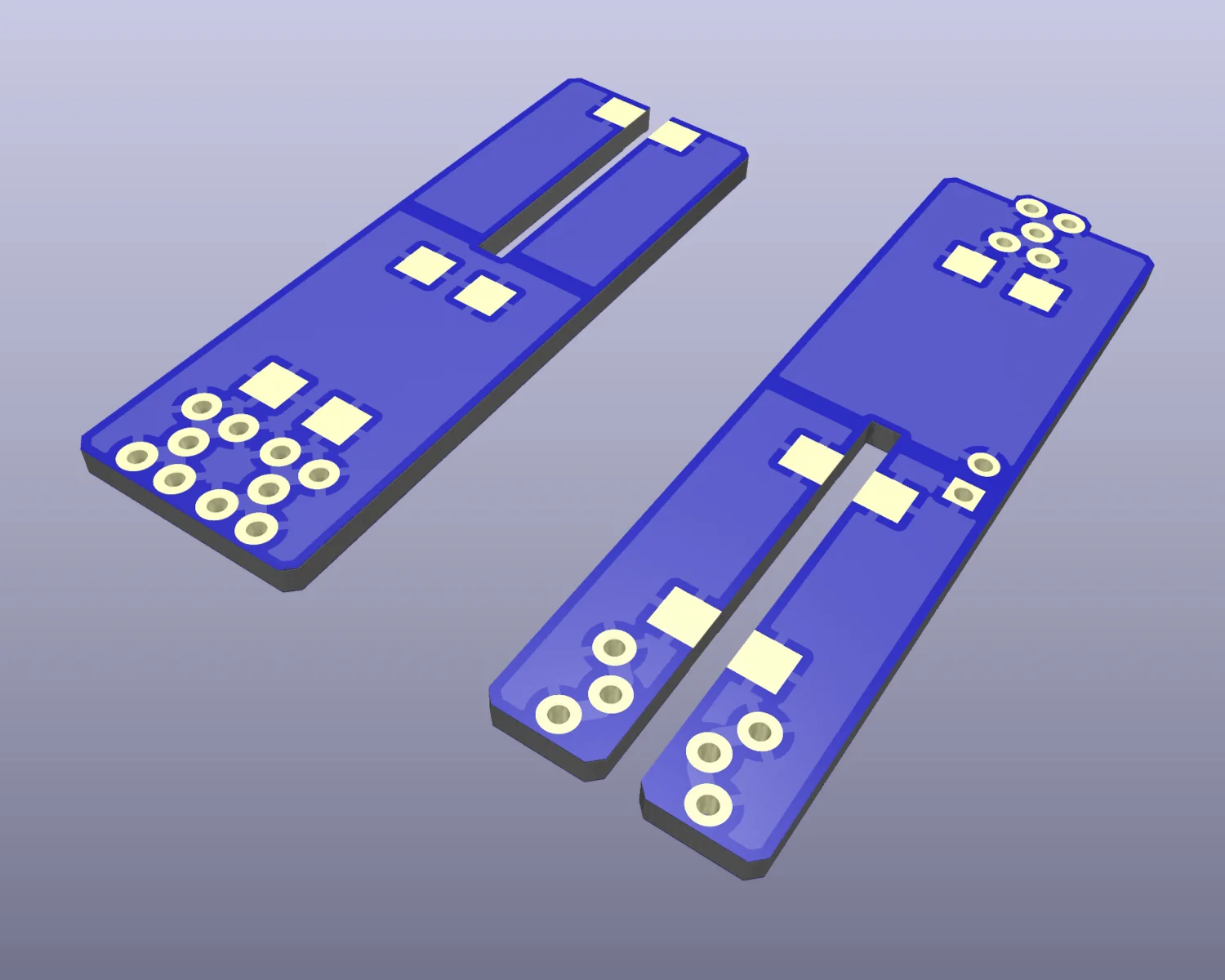
The idea was for a circuit board that could take the place of the AA or AAA batteries in your toys, lights, etc. and route a thin flex-PCB out through the case, ending in an ever popular USB-C socket.
Inspired by Alpenglow's Battery Buddies, and my native Scottish Highlands, I conceived of the Battery-box Beasties; four product variants named after local beasts of legend and lore.
- Nessie from Loch Ness representing the 3 x AA module
- Morag from Loch Morar representing the 3 x AAA module
- Beathach Mòr from Loch Awe representing the 2 x AA module
- Muc Sheilche from Loch Maree representing the 2 x AAA module
They were going to be available in kit form, slotting together like the styrofoam Power Prop Flying Gliders of my youth. I'd even thought of the design for the silk screen on each of the boards.
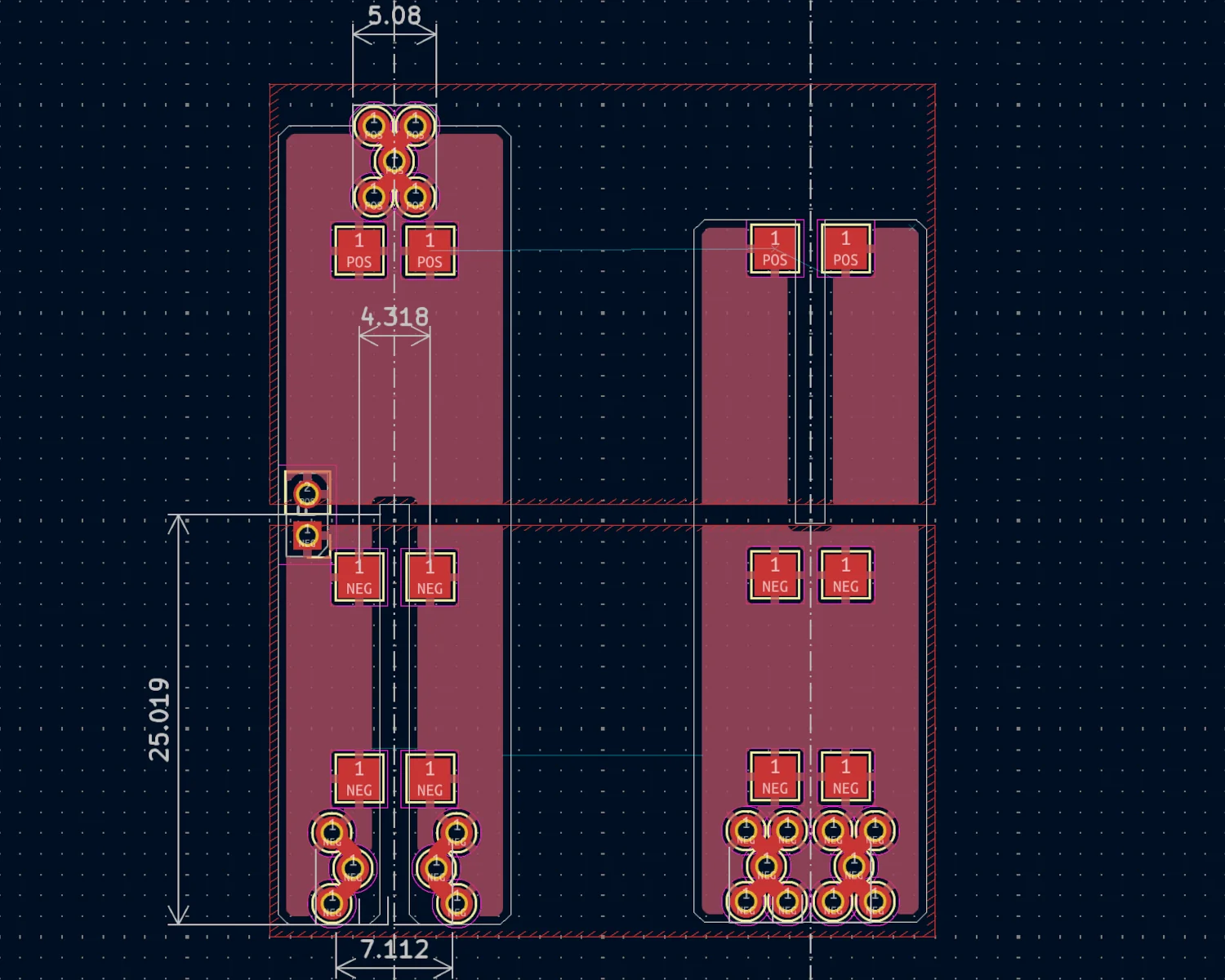

The top side was going to be the bathymetry and topography of the Loch and its surroundings. The bottom was going to be some PCB art of the beastie with a brief bio.
I even taught myself QGIS; georeferencing old, out-of-copyright, survey maps, building a layer of spot depths, performing TIN interpolations to build depth fields and processing them into contours.
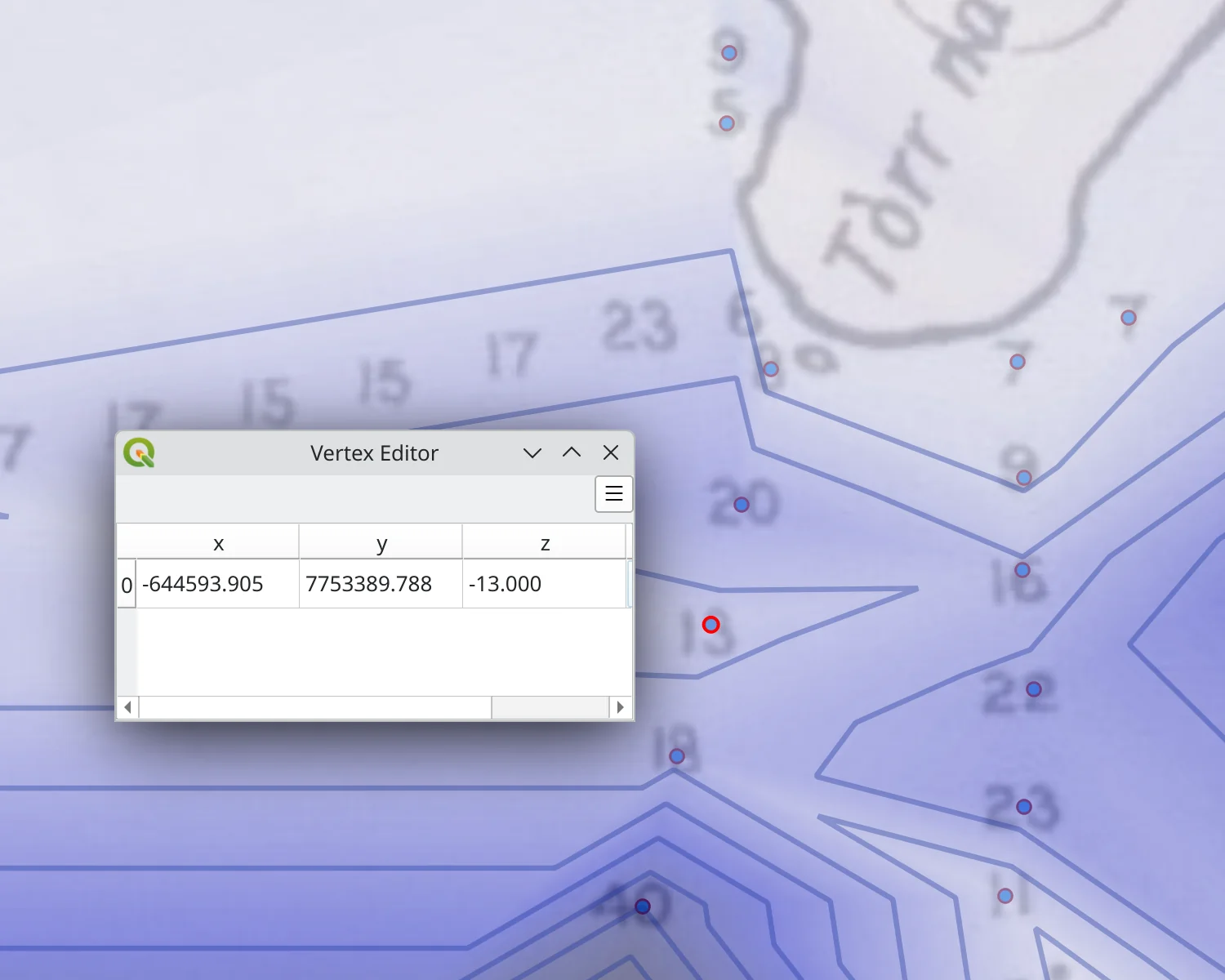
To work around the limitations of prototype PCB fab houses, I designed this through-hole lacing pattern to build up an edge connector without needing edge plating on my PCBs.
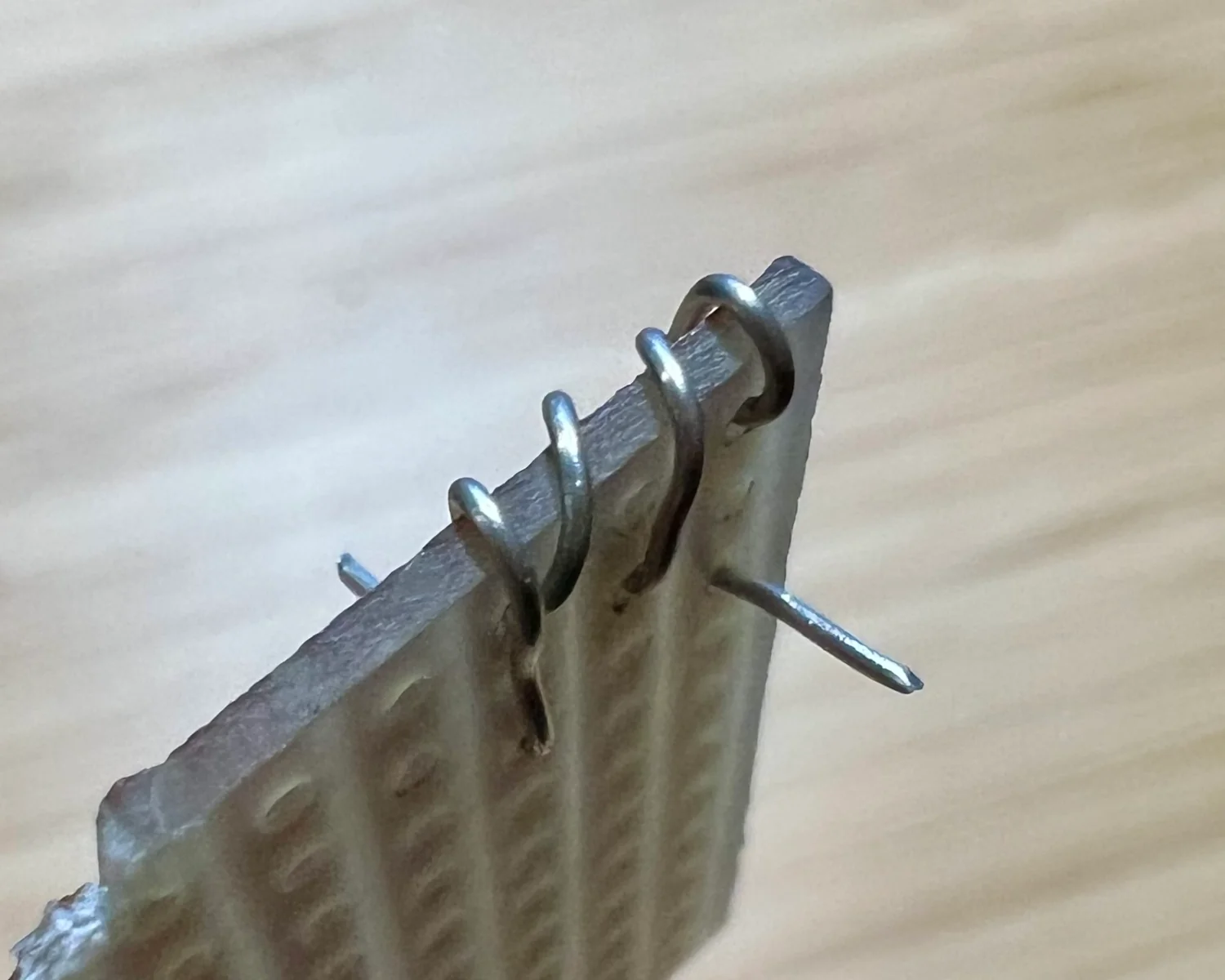
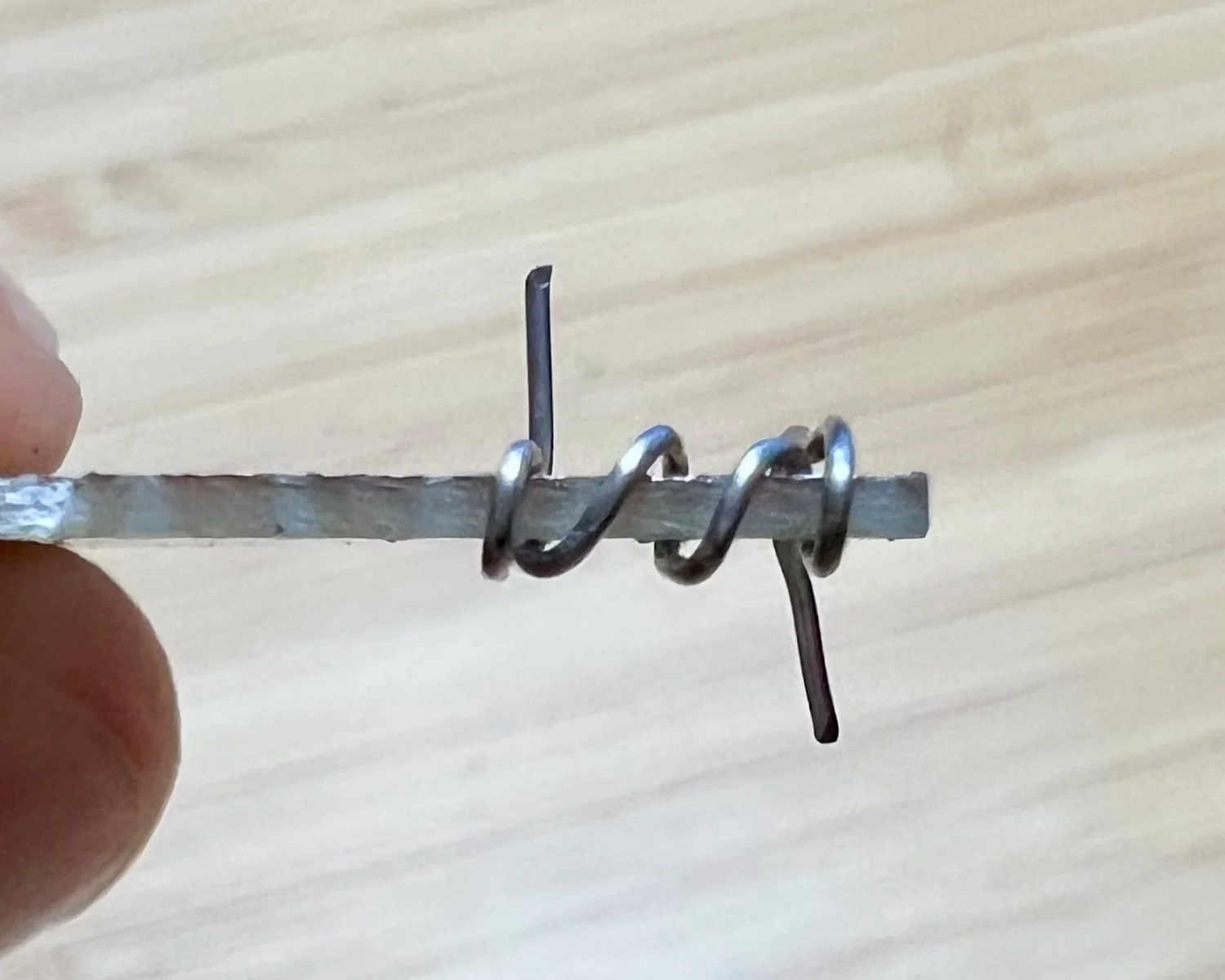
Four loops of 20 AWG wire, laced and soldered, make a reasonable simulacrum for the button on the top of a cell. Two of those lacings, spaced a PCB slot apart, are wide enough to function as facsimile for the negative terminal.
Not letting the sunk costs sink me
The final piece of the puzzle was working out the centre-to-centre distance and the top-to-tail offset between each cell. Many of my battery boxes would be quite easy to build replacement PCBs for. These devices have very little tip-to-tail offset between the cells, a nice consistent distance between each cell, and very little by way of obstructions between cells.
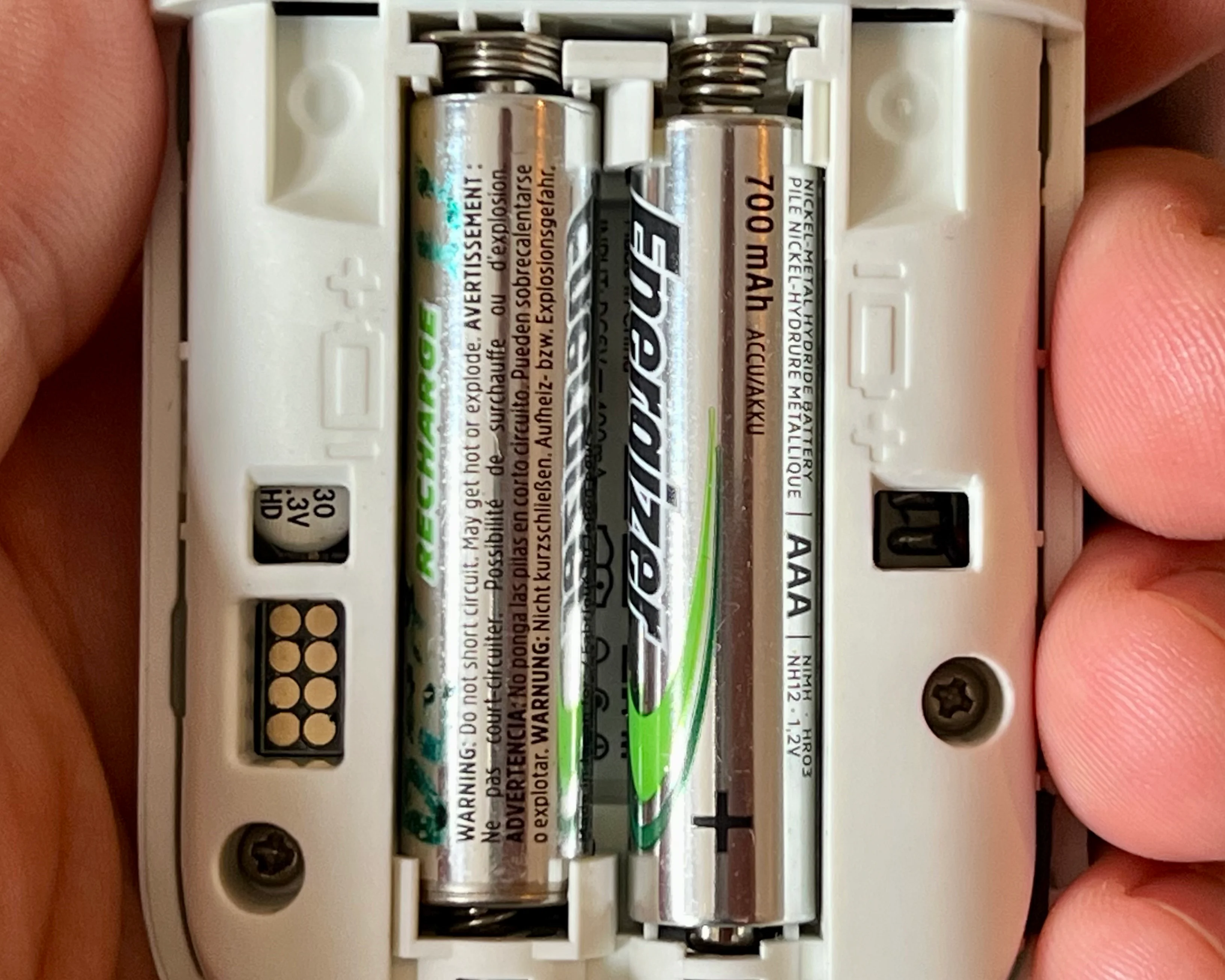

Other battery boxes weren't so amenable to replacement with circuit boards. Some had vastly greater tip-to-tail offsets, meaning the same layout couldn't be used across all boxes of the same battery size and count. One of my battery boxes included full-height full-length obstructions between cells preventing any sort of replacement from fitting at all.
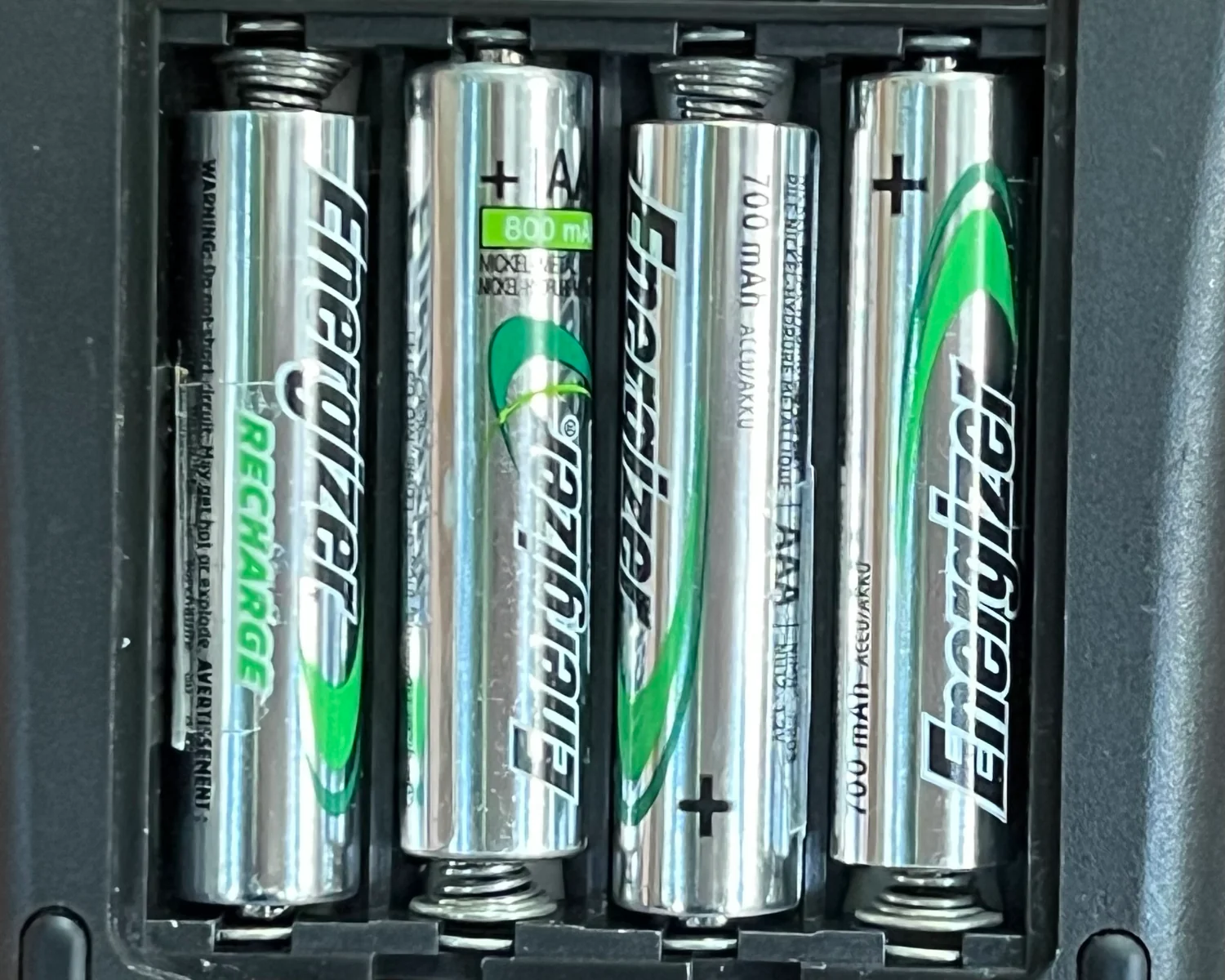
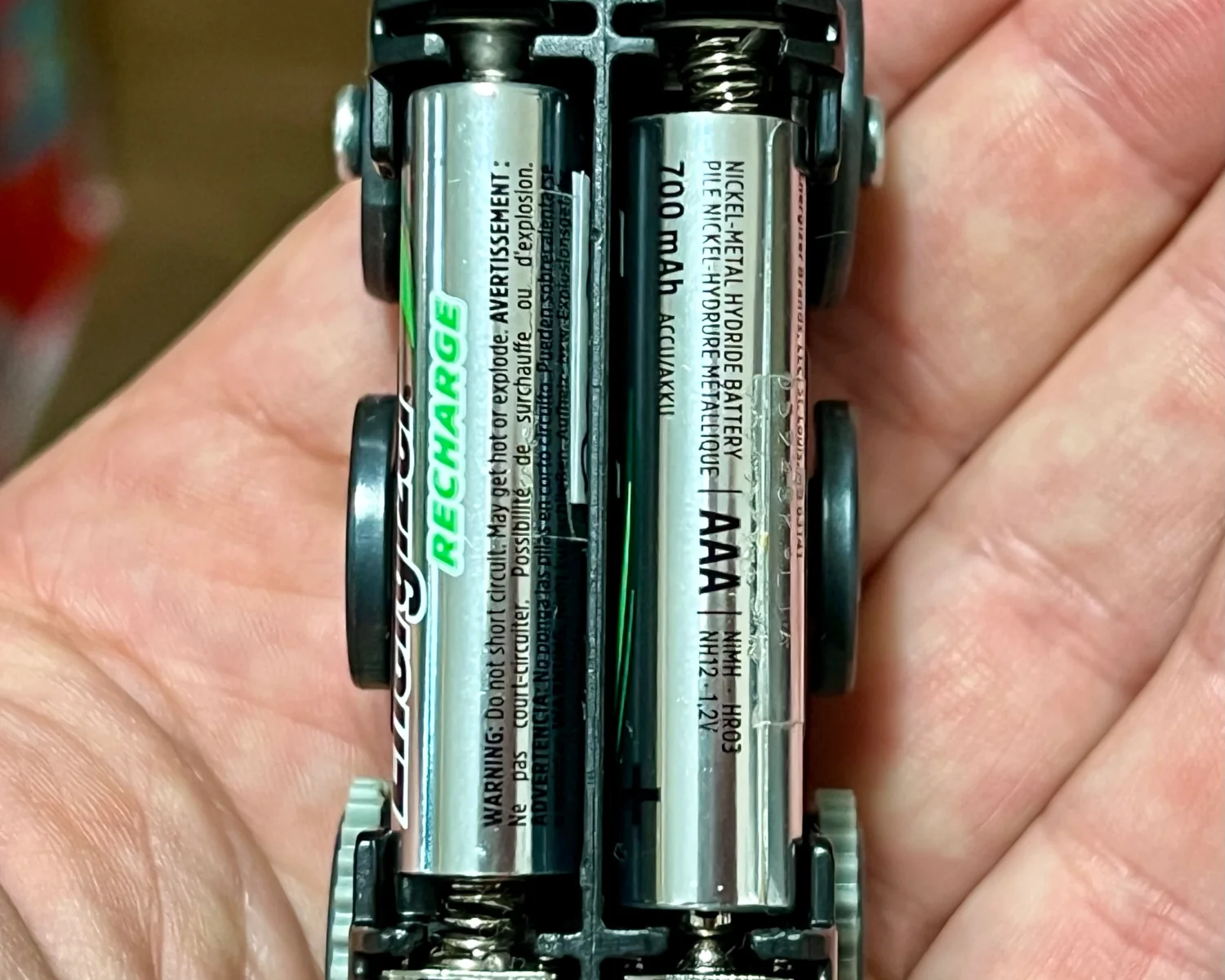
It's at this point I decided to call it quits.
If I can't design something that's reasonably universal across all the devices in my house, I definitely cannot guarantee a product would be compatible with whatever you have. There's at least another couple of weeks' work and a few rounds of "postal prototyping" before I would have these in a shape ready to release to the world. If this all sounds like an appealing project to you, let me know, and I can bundle up all of my work-in-progress files and send them your way.
Just because you have a good idea, it doesn't mean you've got a good product.
2025-07-29